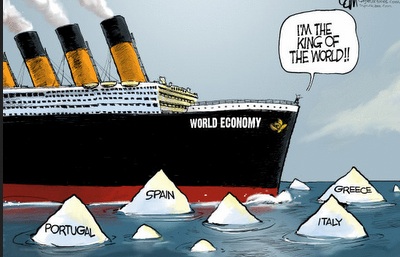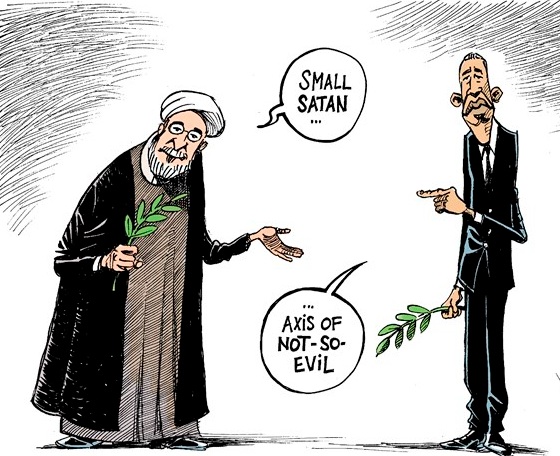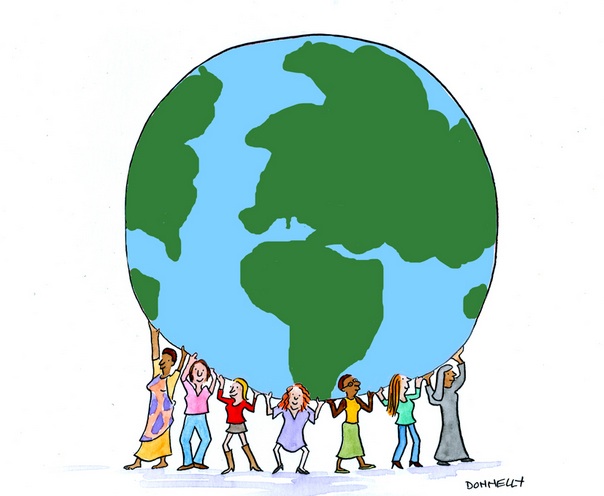Justin Lin, Kevin Lu, and Clean Mandri-Perrott write: Infrastructure projects can be among the most productive investments a society can make, with clear links to a country’s economic growth. Infrastructure projects can offer reliable – if lower-than-average – returns. But existing asset classes all too often fail to provide the structure needed for these projects to compete with traditional equity or debt.
Exactly, how can the world harness the potential of private money for infrastructure?
The size of the pie is huge, and so are the opportunities for private investors. The pipeline for infrastructure projects in emerging markets is estimated to have surpassed $1 trillion – $150 billion of which is expected to be raised from private sources. In mature markets, infrastructure investment is projected to reach $4 trillion by 2017.
Our analysis of investment deals over the past 18 months shows that public-private partnerships increasingly rely on capital markets to source funds, even as banks rein in lending in order to comply with the regulatory provisions of the Third Basel Accord. Liquidity remains limited in the wake of the 2008 financial crisis, the legacy of which includes a regulatory regime that is not conducive to long-term investment. Though financing for public infrastructure has returned to 2008 levels, little of it is being funneled into new projects. Most funds have targeted existing infrastructure – investments that are considered relatively safe, because they entail little or no construction risk and have demonstrated their potential to generate stable cash revenues.
In order to overcome the obstacles to investment, we propose the creation of an asset class that we call “buy-and-hold equity” (BHE). This asset class would sit between traditional equity and debt, with investors able to hold it for 15 years or longer. It would offer returns close to those yielded by equity investments, but with some of the risk offset by its long-term nature.
Risk would be further mitigated through the participation of large, influential investors, including sovereign wealth funds, pension funds, and possibly international financial institutions. Public contributions, likely backstopped by multilateral lenders, would provide projects with something close to sovereign risk profiles. Finally, the regulated nature of cash flows would allow for better pre-defined return structures than traditional private or public equity can offer.
The development of BHE would require a new private-sector investment platform, structured to provide bespoke returns for its different participants. The private sector would bring in infrastructure investment expertise, while sovereign funds and international financial institutions would provide the bulk of the capital and stability. Naturally, the platform would focus on projects with defined cash flows and contractual terms guaranteed for 20-30 years.
Not all infrastructure projects will be appropriate for this new asset class. Those best suited will be physical assets that are irreplaceable or core to a country’s economy.
Ideally, the investment platform would create a sustained project pipeline by establishing a private-sector-funded structure that does not solely rely on governments or international financial institutions to bring ventures to the market. The platform would act not only as an investment vehicle, but also as a project initiator, mining opportunities around the world and identifying and classifying them according to a systematic approach. Both greenfield and brownfield developments would be considered.
The platform would provide its own capital, as well as any technical, operational, and managerial expertise required to classify projects according to risk, thereby enabling the creation of indices that investors could monitor and study. For projects judged to be secure, the platform could act as a catalyst for long-term investments typical of institutional investors and pension funds.
Designed properly, a new BHE asset class for private and public infrastructure could unleash the power of the market in the interest of the public good. Given fiscal and other constraints on governments’ capacity, it is an asset well worth having.













